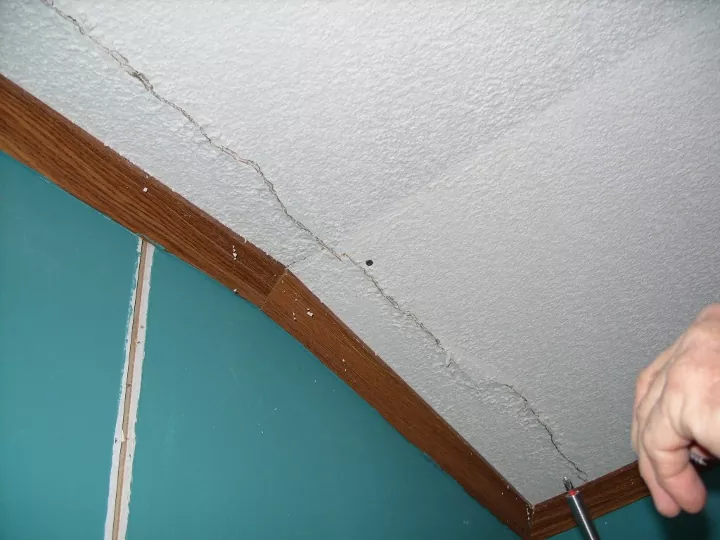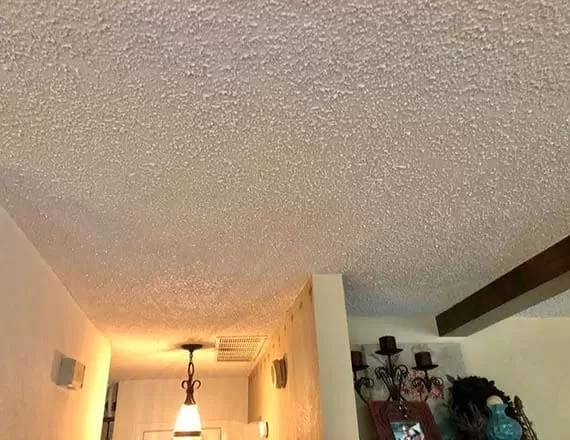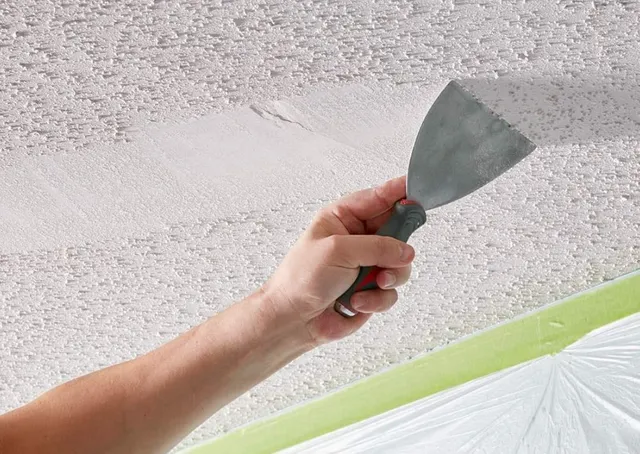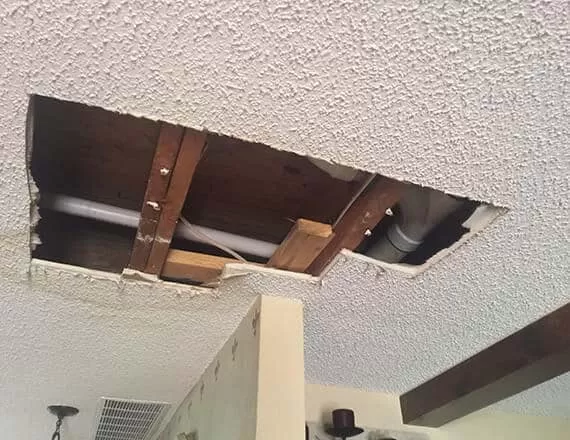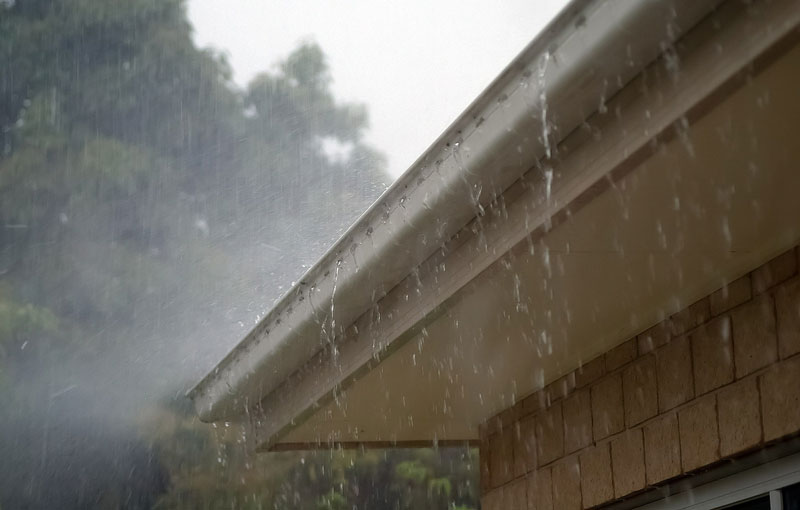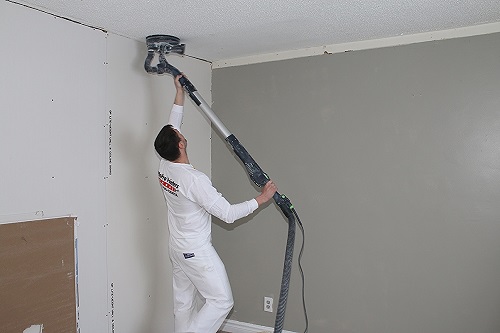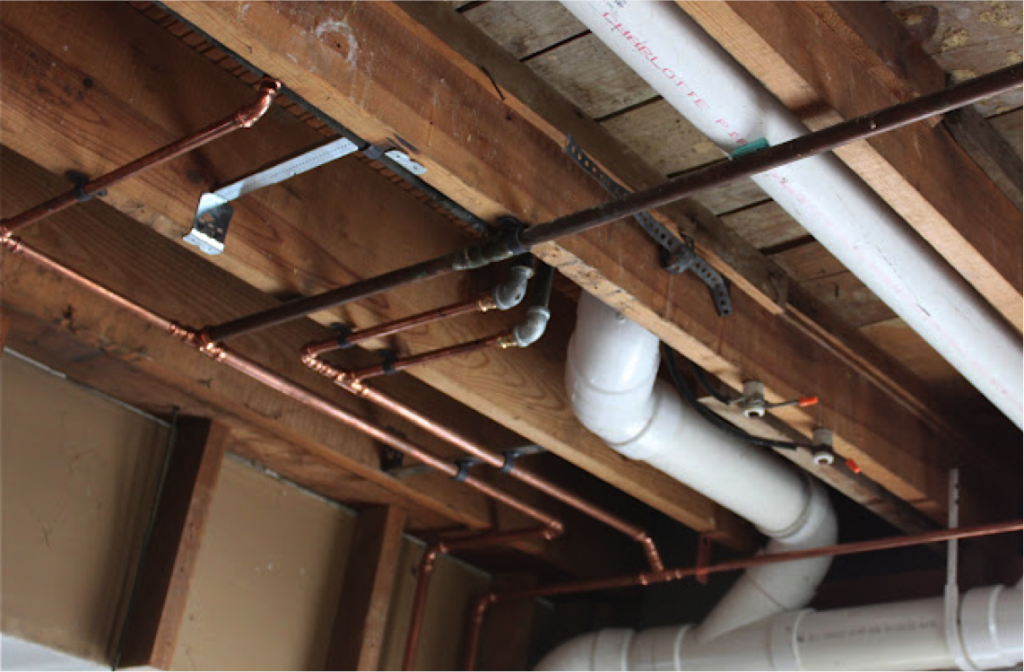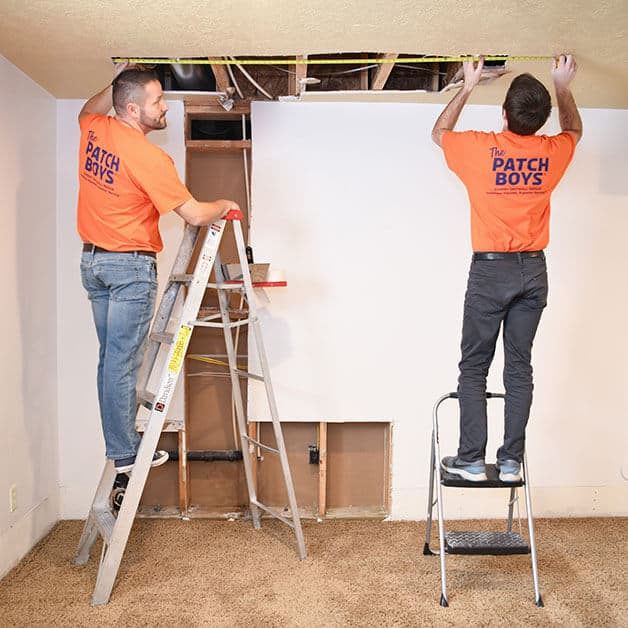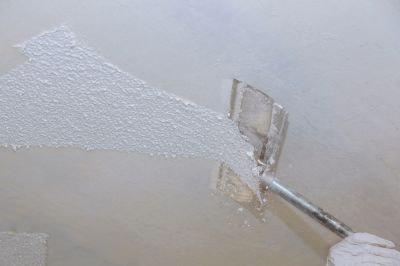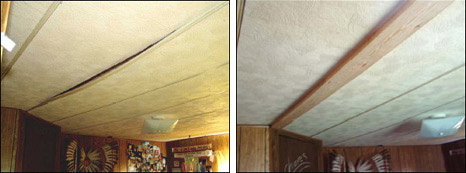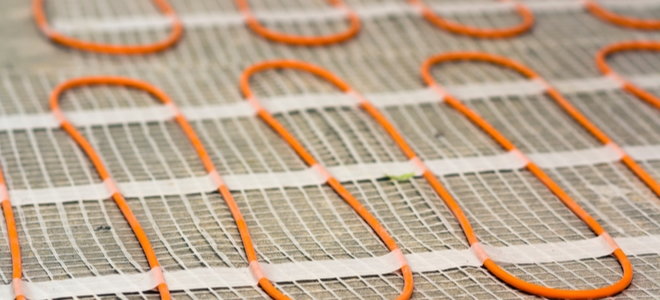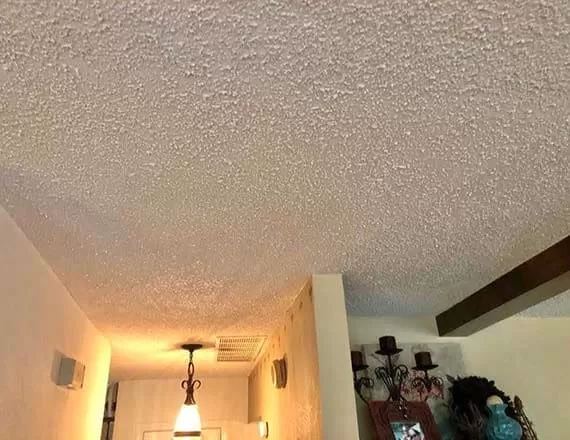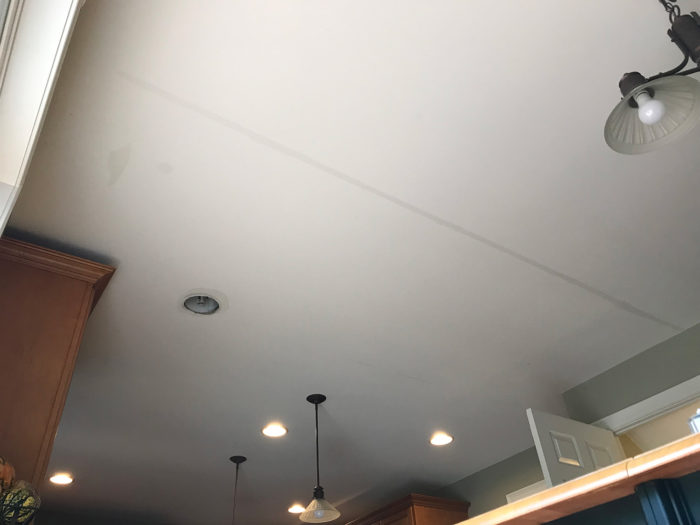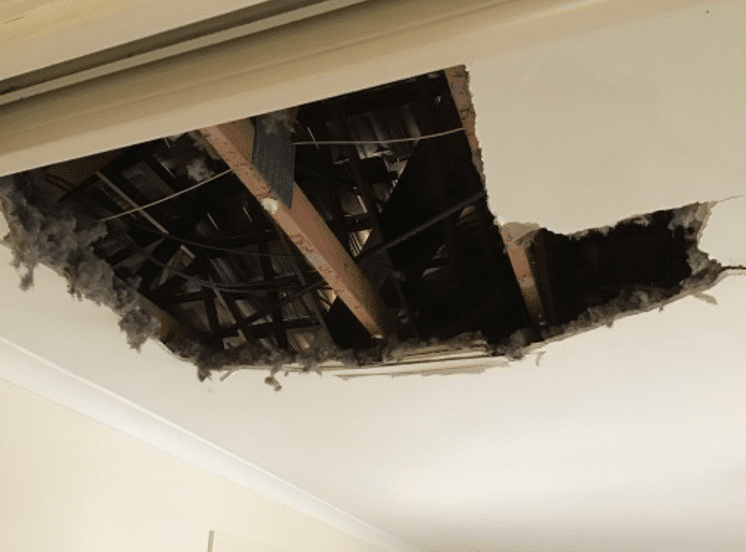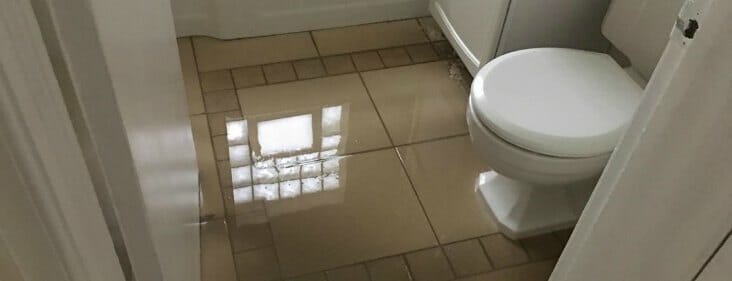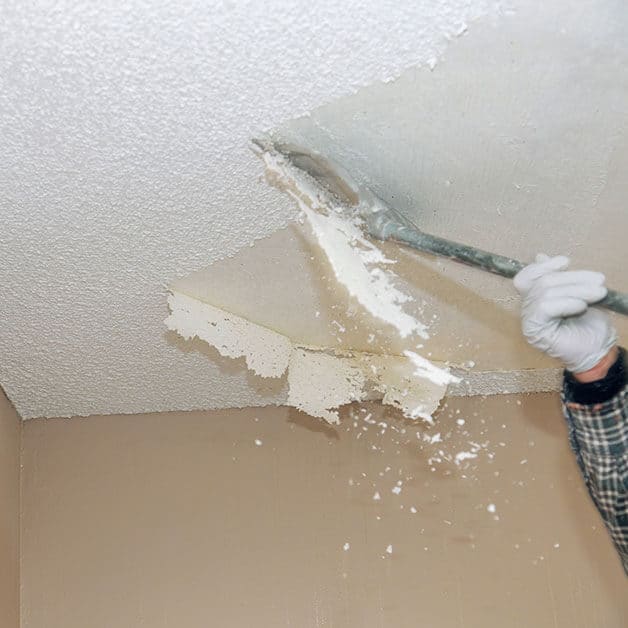Bay windows add charm and character to any home, offering panoramic views and inviting natural light. However, along with their aesthetic appeal, they can also present challenges, one of which is a leak in the bay window ceiling. In this comprehensive guide, we’ll delve into the causes behind this issue and provide practical solutions to address it effectively.
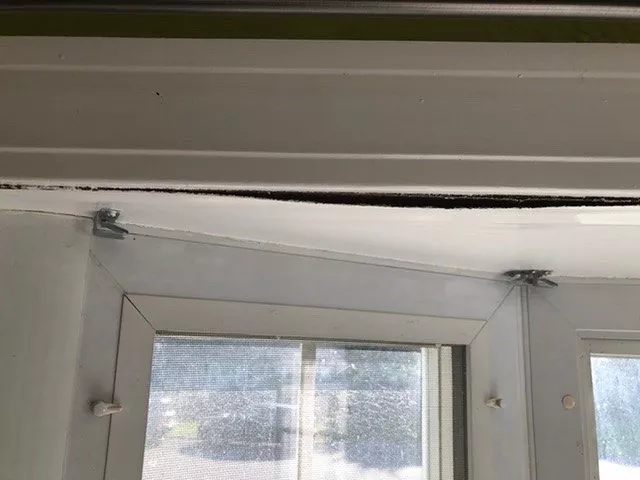
Understanding the Problem
A leak in the bay window ceiling can stem from various sources, ranging from structural issues to poor installation or maintenance neglect. Identifying the root cause is crucial for implementing the appropriate fix and preventing further damage to your home.
Common Causes of a Leak in Bay Window Ceiling
- Faulty Sealing: Improper sealing around the bay window frame or between the glass panes can allow water infiltration, leading to leaks during rainstorms or snow melts.
- Roof Damage: Damaged or missing shingles, deteriorated flashing, or clogged gutters can divert water towards the bay window area, resulting in leaks.
- Condensation Buildup: Excessive condensation on the interior surfaces of the bay window can accumulate and seep into the ceiling, especially if there’s inadequate ventilation.
- Structural Settlement: Over time, the settling of the house foundation or shifting of the bay window structure can create gaps or cracks, providing entry points for water.
Diagnosing the Issue
To pinpoint the exact cause of the leak in your bay window ceiling, it’s essential to conduct a thorough inspection both indoors and outdoors. Look for signs of water stains, mold growth, or bubbling paint on the ceiling, as well as any visible cracks or gaps around the window frame and adjacent walls.
Read too: Striped Schoolhouse Ceiling Light Fixtures: Unveiling the Timeless Charm
Addressing the Leak
Once you’ve identified the source of the problem, it’s time to take action. Here are some steps you can take to fix a leak in your bay window ceiling:
- Re-Sealing the Window: Apply fresh caulking or weatherstripping around the window frame to create a watertight seal and prevent moisture intrusion.
- Repairing Roof Damage: If the leak originates from the roof, hire a professional roofer to inspect and repair any damaged shingles, flashing, or gutter systems.
- Improving Ventilation: Enhance ventilation in the bay window area by installing exhaust fans or opening windows periodically to reduce condensation buildup.
- Reinforcing Structural Integrity: Address any structural issues contributing to the leak, such as foundation settlement or window frame misalignment, by consulting with a qualified contractor.
Preventive Maintenance Tips
To avoid future leaks in your bay window ceiling, consider implementing the following preventive maintenance measures:
- Regularly inspect the window seals and caulking for signs of wear or damage, and reapply as needed.
- Keep gutters clean and free of debris to ensure proper water drainage away from the house.
- Trim nearby trees and foliage to prevent branches from rubbing against the roof or obstructing the bay window.
- Monitor indoor humidity levels and use dehumidifiers if necessary to control moisture.
Conclusion
A leak in the bay window ceiling can be a nuisance, but with proper diagnosis and timely repairs, you can restore the integrity of your home’s structure and enjoy your bay window for years to come. By understanding the common causes and implementing preventive maintenance strategies, you can safeguard your home against water damage and preserve its beauty and value.
